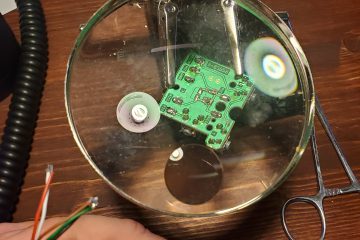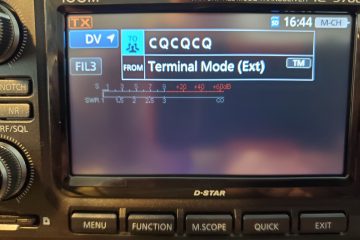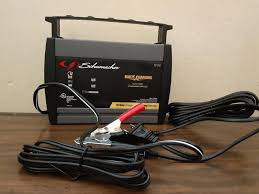
This amateur radio hobby can be quite expensive. I’ve tried to be patient and frugal, and it has paid off. I’m fortunate to have acquired some quality used gear at affordable prices. Two of the transceivers on my desk currently are the Icom IC-7300 and IC-9700. These radios look and behave very similarly, and together they cover nearly every band and mode a US operator is likely to care about.
Each transceiver comes with a hand mic, the HM-219.
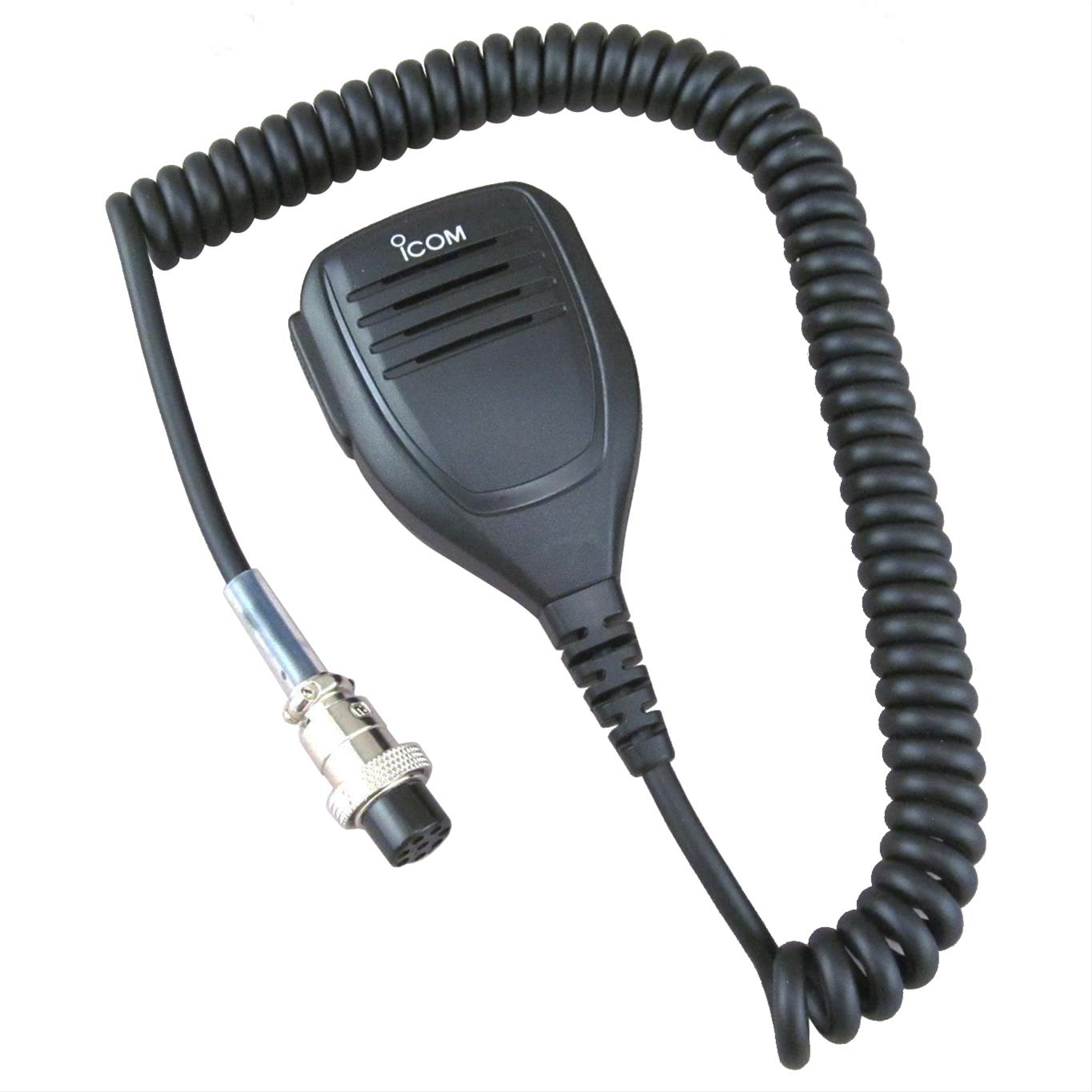
I’m very pleased with how well this mic works. To my ear, it sounds quite good compared to a half dozen much more expensive vocal mics I’ve tried with these radios. The interesting thing about microphones in the amateur radio hobby is that an expensive mic designed for vocal performance is not necessarily going to be a superior performer in the squashed limited bandwidth of amateur radio.
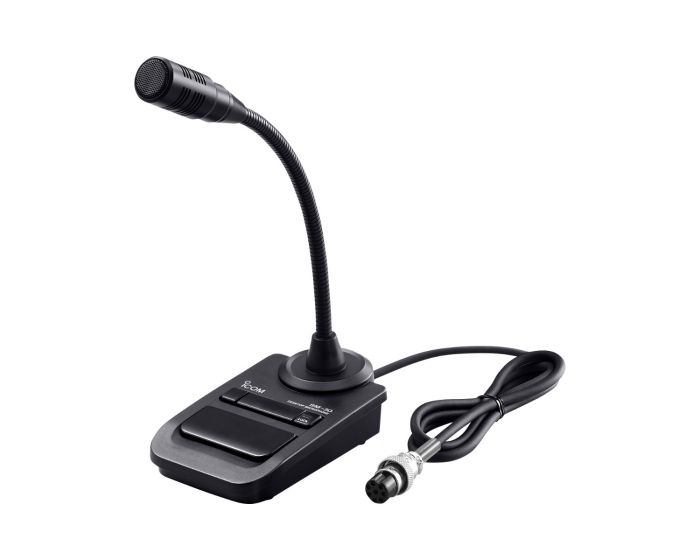
The thing is, I don’t really like to use the hand mic, no matter how good it sounds. I prefer to have my hands free. So, I purchased the SM-30 desktop microphone. This has been a useful addition to my Icom radios. It uses an electret element just like the hand mic, sounds just as good, and once I set the gain and compression and EQ for one mic it works for both. It also has a PTT lock, so if I’m giving an extended rag chew I can be hands free.
Now, here is the problem. Neither of these mic solutions is ideal. The desk mic’s hands free capability is beneficial in certain situations, but I have to sacrifice the Up/Down switches found on the hand mic. I miss these when I’m working from saved memories on the IC-9700. And neither of these mics makes it easy to keep the element positioned at a consistent orientation and distance from my mouth. For best results, I want placement consistency.
What I need is a headset. But it has to tick the following boxes:
- The mic element performs at least as good as the HM-219
- The boom reliably positions the mic where I need it
- The headset is comfortable enough that I could leave it on for hours
- The speakers sound at least as good as the radio’s and are loud enough
- There is a convenient way to use PTT and lock it.
- There is a convenient way to select Up/Down
- I can switch to one of my other mics without having to go menu diving
That last bullet point is the one I’ve been stuck on. I know there are some nice commercial headset options out there, but none that I’m aware of will be easy to swap out in a pinch. Suppose I’m using a headset and someone drops by my shack. Being a polite person, and never wanting to miss an opportunity to expose someone to this great hobby, I instantly switch from my headset to SM-30 desk mic and speaker, including my guest in the fun. That is not the moment I want to start receiving poor audio reports, and I don’t want to get lost in a menu tree. If I have to mess with a bunch of settings to make the mic swap work out, it just won’t be worth it.
I have not given up. In fact, I have a plan. I’ve decided to build my own solution salvaging parts from one of my HM-219’s, an old David Clark aviation headset I picked up at a garage sale, a well used PC headset now sitting in my junk parts bin, and a little ingenuity.
Stay tuned.
